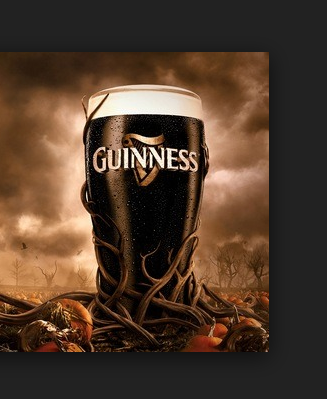Tag: unique marketing ideas

Creative Marketing Strategies: The Ultimate Cheat Sheet on Guinness
Do you make continuous improvement a focus of your marketing strategy? Most of the best marketing strategies we study and follow certainly do, and that is an awesome way to do marketing. Yes, the innovative Guinness creative marketing strategies are making their messages better and better all the while. And their success has a ton…